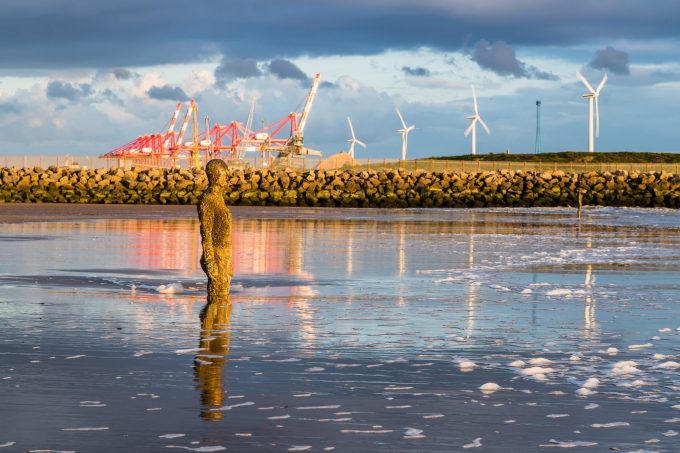Rotterdam/Singapore 'green shipping corridor' collaboration a success
The Singapore-Rotterdam partnership has seen the first indications that its Green and Digital Shipping Corridor ...

From an article by UNCTAD
Europe’s drive to decarbonise is picking up pace with the latest news that the second plank of the Fit For 55 package, the FuelEU package to increase carbon charges from 2025, was agreed by the European Parliament and Council of Europe this week.
Included in the FuelEU legislation is a stipulation that containerships could be obliged to operate with zero emissions while docked in port; that will require shore power from the ports.
It is critical that ports ...
Ecommerce air traffic to US set to grind to a halt as de minimis exemption ends
Maersk u-turn as port congestion increases across Northern Europe
Apple logistics chief Gal Dayan quits to join forwarding group
Widespread blanked sailings stave off major collapse of transpacific rates
Transpac rates hold firm as capacity is diverted to Asia-Europe lanes
Houthis tell Trump they will end attacks on Red Sea shipping
Airlines slash freighter capacity post-de minimis, but 'the worst is yet to come'
MSC revamps east-west network as alliance strategies on blanking vary

Comment on this article